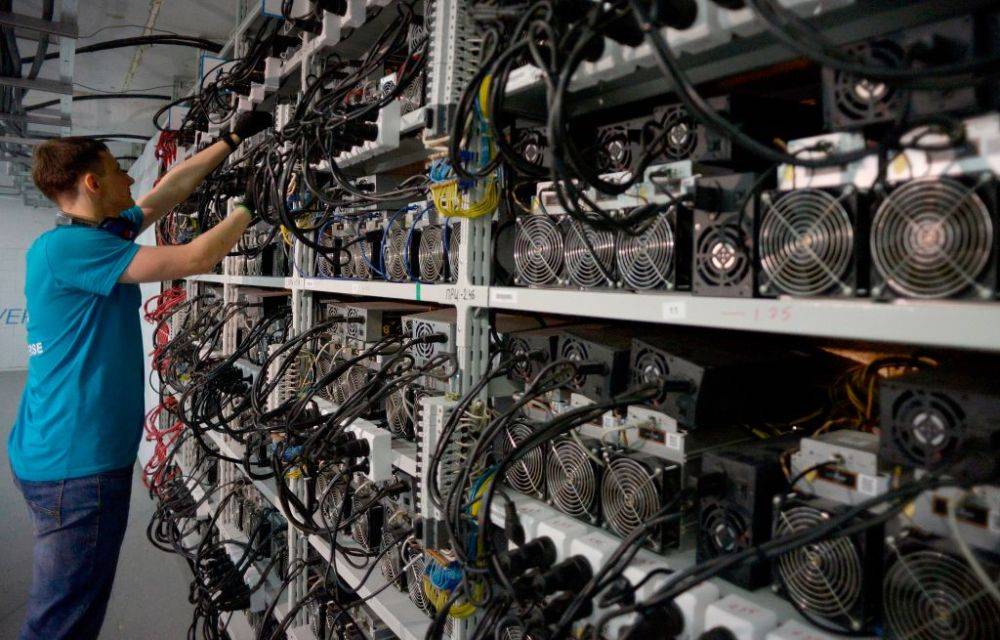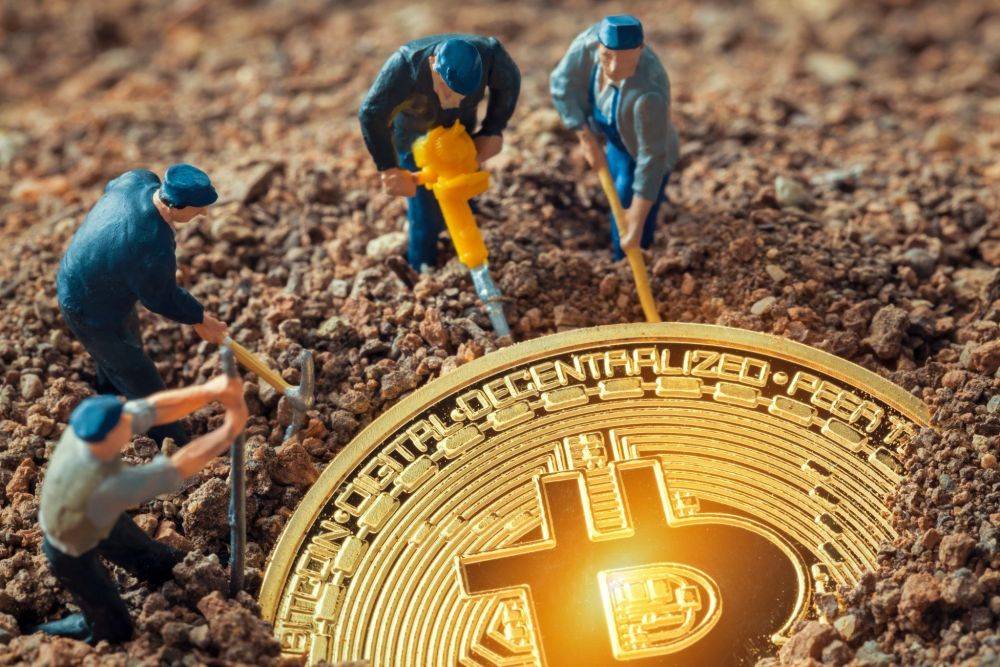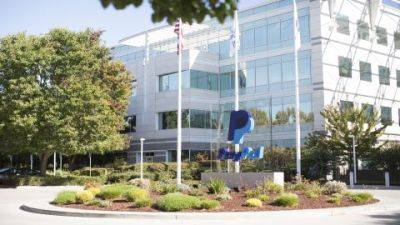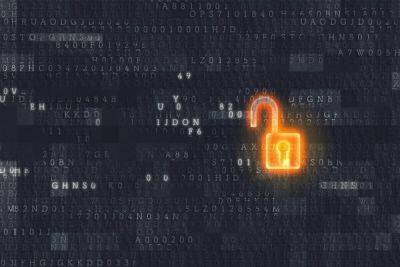Risks associated with cryptocurrency mining and how to minimize them
Cryptocurrency mining has become a popular way to earn money in recent years. With the rise of digital currencies, people are investing in expensive hardware and electricity bills to mine various cryptocurrencies. However, mining comes with its own set of risks that every miner should be aware of. In this article, we will discuss the risks associated with cryptocurrency mining and how to minimize them.

Hardware Risks
Mining requires high-performance hardware that runs 24/7 to solve complex algorithms. The hardware can get overheated, leading to damage or malfunction. The risk of hardware failure is a significant concern for miners, as it can be costly to repair or replace.
To minimize hardware risks, miners should invest in high-quality hardware and cooling systems. They should also monitor their hardware regularly and ensure that it is functioning correctly. Overclocking the hardware should be avoided, as it increases the risk of overheating and damage.
Electricity Costs
Mining requires a significant amount of electricity, and the cost of electricity can vary depending on location. In some cases, electricity costs can outweigh the profits earned from mining, leading to losses.
To minimize electricity costs, miners should choose a location with low electricity rates. They should also use energy-efficient hardware and software to reduce energy consumption. Additionally, miners can consider using renewable energy sources such as solar or wind power to power their mining operations.
Security Risks

Mining requires the use of digital wallets to store the mined cryptocurrency. Digital wallets are vulnerable to cyber-attacks, and hackers can steal the cryptocurrency stored in the wallet. The risk of hacking and theft is a significant concern for miners.
To minimize security risks, miners should use a secure digital wallet with two-factor authentication. They should also use a strong and unique password and avoid sharing it with anyone. Miners should also ensure that their mining software is up to date and has the latest security patches.
Regulatory Risks
The legality of cryptocurrency mining varies from country to country. In some countries, mining is illegal, while in others, it is legal but heavily regulated. Miners may face legal consequences if they operate in a country where mining is illegal or if they violate mining regulations.
To minimize regulatory risks, miners should research the laws and regulations in their country regarding cryptocurrency mining. They should also ensure that they have the necessary licenses and permits to operate their mining operations legally.
Market Risks

The value of cryptocurrencies is highly volatile and can fluctuate rapidly. The profitability of mining depends on the value of the mined cryptocurrency, and miners may experience losses if the value of the cryptocurrency drops.
To minimize market risks, miners should monitor the market regularly and be aware of the current trends and news. They should also consider diversifying their mining operations by mining multiple cryptocurrencies to spread the risk.
In conclusion, cryptocurrency mining comes with its own set of risks that every miner should be aware of. To minimize these risks, miners should invest in high-quality hardware, choose a location with low electricity rates, use a secure digital wallet, research the laws and regulations in their country, and diversify their mining operations. By taking these steps, miners can minimize the risks associated with mining and increase their chances of success.






















